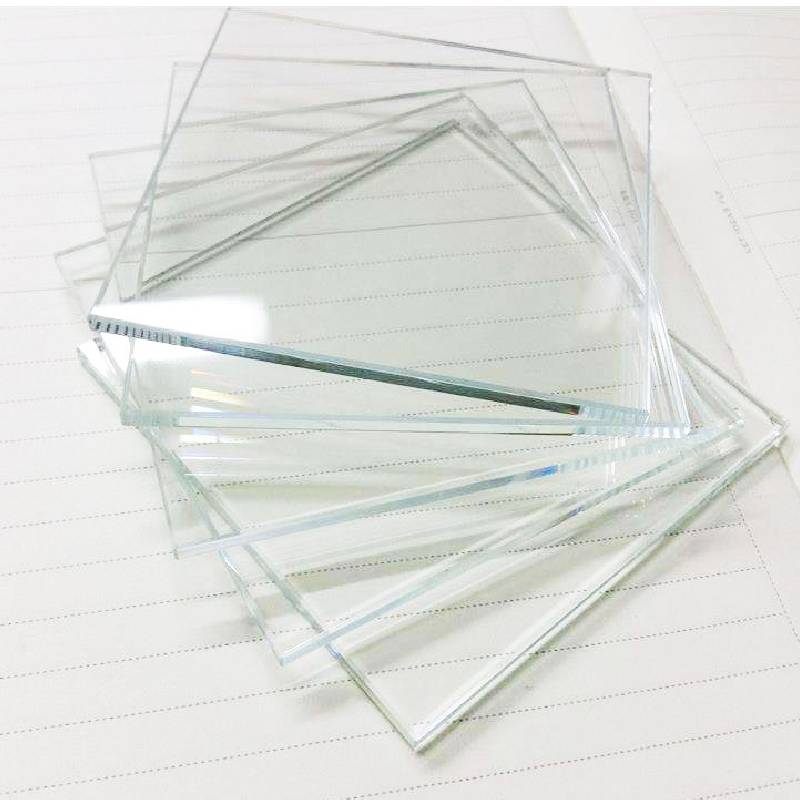نوامبر . 10, 2024 21:40
The Art of Architectural Glass Design
Architectural glass design has emerged as a critical element in modern architecture, blending aesthetics, functionality, and sustainability. With its unique ability to manipulate light and space, glass has transcended its traditional role as merely a building material, becoming a canvas for artistic expression and innovation.
The Aesthetic Appeal of Glass
One of the most compelling aspects of architectural glass is its aesthetic appeal. Fine glass can enhance the visual impact of buildings, creating a striking interplay between transparency and solidity. Architects and designers often use glass facades to create a sense of openness, allowing natural light to flood interior spaces. This connection to the outdoors can enhance the well-being of occupants and create a more inviting atmosphere.
Moreover, advancements in glass manufacturing have introduced a myriad of types and finishes. From frosted and tinted glass to triple-glazed units that offer superior thermal insulation, the options are limitless. These innovations enable architects to achieve specific design goals, whether creating bold, modern structures or integrating traditional styles with contemporary materials.
Functionality and Performance
Architectural glass design is not merely about aesthetics. The functional aspects of glass are equally significant. In contemporary architecture, glass plays a vital role in energy efficiency. With the rising need for sustainable building practices, architects are increasingly opting for high-performance glazing solutions. These solutions can help reduce heating and cooling costs, minimizing a building's carbon footprint.
Moreover, glass can enhance the acoustic performance of buildings. Laminated glass, for instance, can significantly reduce noise transmission, making it an ideal choice for urban environments where sound pollution is a concern. This performance-driven design aspect ensures that while buildings remain visually appealing, they also meet the practical needs of their inhabitants.

Safety and Security Considerations
Incorporating glass in architectural design also raises important safety and security considerations. To address these concerns, architects must select appropriate glass types tailored for specific applications. For high-rise buildings, tempered or laminated glass can provide increased strength and resistance to breakage. This not only ensures the safety of occupants but also offers peace of mind in the event of extreme weather conditions or impact from external forces.
Furthermore, advances in smart glass technology have enhanced security features. Electrochromic glass, for instance, can change its tint at the touch of a button, providing privacy when desired while maintaining transparency at other times. This dual functionality makes it exceptionally valuable for commercial buildings, allowing for adaptability in a variety of contexts.
Sustainable Practices
With the global emphasis on sustainability, architectural glass design is also evolving to incorporate eco-friendly practices. Glass can be fully recycled, making it a sustainable choice for modern buildings. Additionally, the integration of photovoltaic glass allows buildings to harness solar energy, further enhancing their sustainability. These advancements highlight the architectural glass industry's commitment to reducing environmental impact while pushing the boundaries of design and innovation.
Conclusion
Architectural glass design is a harmonious blend of artistry, practicality, and sustainability. As technology continues to advance, the possibilities for glass as a building material are becoming increasingly diverse and exciting. Whether through its ability to create visually stunning structures or its contributions to energy efficiency and safety, glass has firmly established itself as a key component in contemporary architecture. The evolution of architectural glass design promises a future where buildings are not only functional and secure but also embody the beauty of light, transparency, and innovation. In this ever-evolving landscape, designers and architects will continue to explore the endless potential of glass, ensuring it remains at the forefront of architectural practice.
The Role of Mirror Glass in Luxury Interior Design
NewsJun.23,2025
The Best Textured Glass for Bathroom Windows
NewsJun.23,2025
Residential Glazing Energy Efficiency Requirements
NewsJun.23,2025
Float Glass Uses
NewsJun.23,2025
Clear Float Glass For Solar Panel Covers
NewsJun.23,2025
Benefits Of Using A Glass Mouse Pad Over Traditional Ones
NewsJun.23,2025